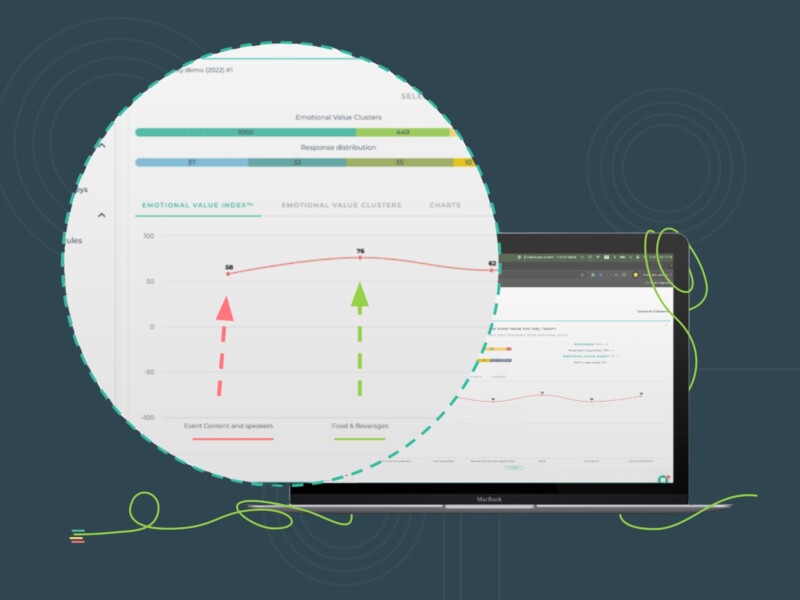A customer feedback survey is one of the ways through which companies can get to know the customer perspective of their brand. Customer feedback is a quintessential element for improving customer experience. But, the quality of data gathered from them depends on the quality of the answers, which can be affected by the quality of the surveys.
Therefore, creating surveys that strategically bring out the answers you need is no less than an art itself. Here are 5 tips to make your surveys appealing, goal-oriented, and easy for the customers to answer!
Ask Clear and Concise Questions
The best surveys, in their essence, are simple, clear, and straightforward, with no fluff. There’s no beating around the bush, and customers don’t have to read them multiple times to understand them. These surveys are easy and more appealing to answer.
So, keep your surveys to the point. Avoid technical jargon or complex sentence structures that could confuse respondents. Use specific language that directly relates to the aspects you want feedback on. It will address the issue clearly and bring accurate answers.
Focused Objectives
Another important factor to prioritize when creating surveys is the ultimate objective of sending them to your customers. Every survey is designed with a purpose in mind, whether it’s measuring customer satisfaction or identifying the underlying cause for cart abandonment rates.
So, consider the aspects of the product or service for which you seek feedback and the purpose for doing it. If you have multiple objectives, it’s best to create separate surveys to gather more targeted data on them. Also, setting objectives brings clarity and focus, helping you include only relevant questions and avoid ones that may send the respondents off-track.
Balanced Question Types
Use a mix of qualitative and quantitative questions in your surveys for better and more comprehensive answers. Quantitative questions are usually presented in the form of a scale or multiple choice/MCQ to bring numerical results. These responses can easily be used to gather an overview of the survey results.
Qualitative questions are often about the product/service, customer opinions and experiences, and the reasoning behind customer ratings. They can bring more insight and contextual information to support your analysis. For example, if a customer has given a low rating for your C-SAT survey or chosen an emotion for the EVI survey, including an open-ended question can help you pinpoint the underlying reason easily.
Here’s one example of how to use quantitative and qualitative questions in one survey:

Short and Relevant Feedback Surveys
For customers, sparing time to answer surveys is an optional task among their pool of chores. So, it’s important to respect your customers’ time by keeping surveys relatively short (usually, 3-5 questions are enough). Long and cumbersome surveys can lead to respondent fatigue and incomplete responses. It’s also a good idea to inform them how much time is required to answer it to minimize dropout rates.
Moreover, your survey should be relevant to your customers to make it worthy of answering. It should intend to solve an issue they face or improve their experience further. So, asking about things they have no idea about can easily deter them. Use survey logic to gain relevant answers and prioritize the most important questions that align with your objectives.
Add Incentives and Say Thank You
If it’s a lengthier and more detailed survey that requires more time and thought, you can encourage people to participate by offering incentives like discounts, gift cards, or exclusive content. It can help in improving the response rate and the quality of responses. A recent study found that a £2.50 shop voucher significantly improved response rates when compared to no voucher (43% vs. 38%).
Additionally, send out thank you messages for customers who responded to the survey as a mark of appreciation. It can improve the response rate of surveys sent in the future and foster customer-brand engagement.
Feedbackly Ready-Made Survey Templates
If you need help with creating intuitive and effective surveys to measure different factors of CX, you can use Feedbackly’s survey templates. They can easily be edited to fit your brand’s voice and requirements to achieve your goals. Feedbackly also offers much more, from multichannel feedback collection to multilingual surveys!
Welcome to contact us to learn more!



